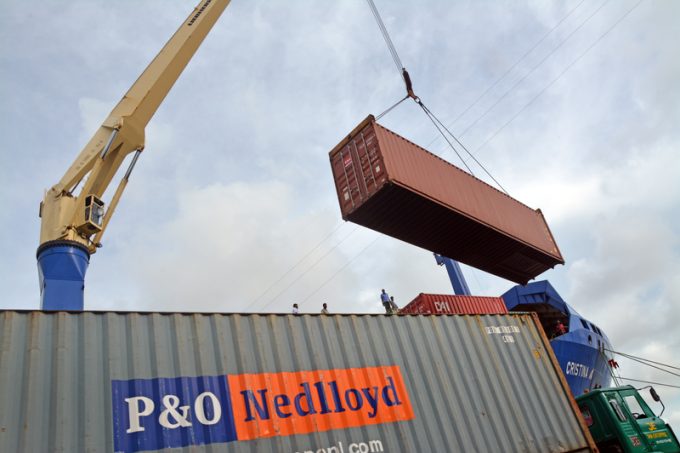Global shipping to shift as Europe and southeast Asia fill US gap in China trade
China is cultivating trade ties with Southeast Asia and Europe in the face of intensifying ...

Container lines serving strained Bangladesh supply chains are making every effort to clear up the cargo backlogs at Chittagong Port.
The cargo chaos began amid recent political upheaval that brought businesses across the country to a standstill.
A few carriers have ...

Comment on this article